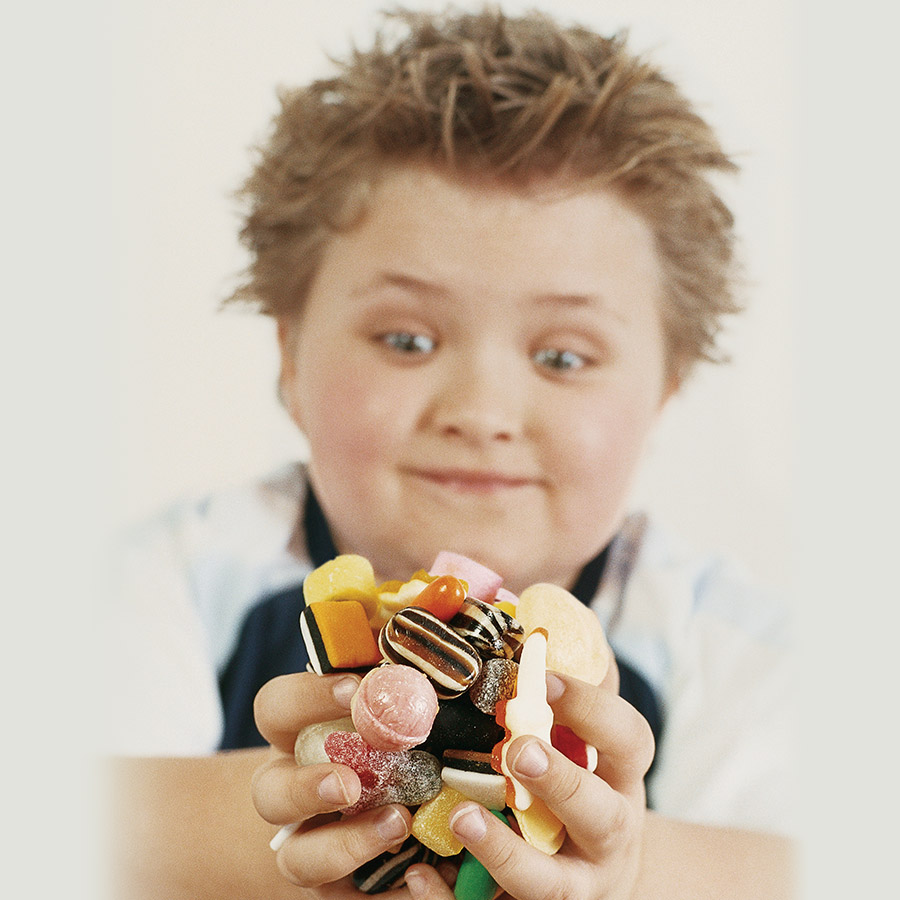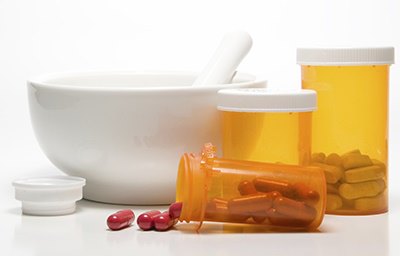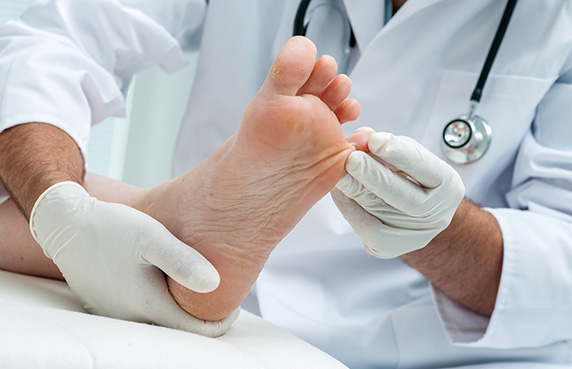Type 2 diabetes is developing at an alarming rate among American children and teenagers. Type 2 diabetes was formerly known as “adult onset” diabetes because it typically occurred in adults over 45 years of age, primarily as a result of being obese or overweight, but also due to inactivity, low HDL cholesterol or high triglycerides levels, or high blood pressure. In previous generations, almost all children, adolescents, or young adults diagnosed with diabetes had type 1 diabetes (formerly known as “insulin-dependent diabetes” or “juvenile onset diabetes”). In type 1 diabetes, the person is unable to make insulin. Type 1 diabetes may be an autoimmune disorder that occurs after an infection or some other trigger causes the body to mistakenly attack the cells in the pancreas that make insulin.
Type 2 diabetes (“non-insulin dependent diabetes”) is the most common form of diabetes. Unlike people with type 1 diabetes, people with type 2 diabetes produce insulin; however, either their pancreas does not produce enough insulin or the body cannot use the insulin adequately. This is called insulin resistance. When there isn’t enough insulin or the insulin is not used as it should be, glucose (sugar) can’t get into the body’s cells and therefore these cells are not able to function properly. Instead, glucose builds up in the blood; hence the term “high blood sugar”. Over time, the high blood glucose levels may damage the nerves and small blood vessels of the eyes, kidneys, and heart and predispose a person to atherosclerosis (hardening of the large arteries) that can cause heart attack and stroke.
The number of teenagers with pre-diabetes or diabetes increased from 9% to 23% between 2000 and 2008. As recently as 15 years ago, less than 3% of new cases of childhood diabetes were type 2, but now nearly 50% of all new cases of diabetes in children and teenagers are type 2. Not only will these young people have increased health risks ranging from cardiovascular disease to orthopedic problems, if they are overweight or obese, they may also experience more social problems including bullying.
The drug metformin is commonly prescribed to treat type 2 diabetes in adults, but metformin has a high failure rate in children. A recent study published in the New England Journal of Medicine reported that a combination of two diabetes drugs is far more effective in treating younger people. Effective treatment is essential because type 2 diabetes appears to be more aggressive in young people between the ages of 10 and 17, putting them at significant risk for life-threatening illnesses like heart attacks and strokes typically associated with seniors.
When it comes to preventing type 2 diabetes, exercise and a healthy diet are key. It is important that parents start good habits at birth, because habits are extremely difficult to change. And, it can also be tough to get children to regularly take their medication. This is an example of one of the basic truths in medicine: “it is better to not get the disease than to have to treat it.” Obesity occurs not only due to lack of exercise, but also because as a society, we eat too many processed foods which contain high fructose corn syrup, added salt or sugar, artificial sweeteners and other problematic additives.
Type 2 diabetes can be prevented or controlled (and even “cured”) by following some simple dietary and lifestyle guidelines. Regular activity is important. Everyone supports exercise, because no one’s profits go down when someone exercises. But, if we start talking about regulating the food industry to
protect people and their children from the evils of bad food, there is a lot of resistance. All calories are not equal. 1000 calories from junk food are not the same as 1000 calories from fruits and vegetables. Natural foods have other types of nutritional value, while conversely, junk food contains substances that are harmful to the body. Simply being “skinny” doesn’t protect you from diabetes.
If you have diabetes, we can compound sugar-free medications. Ask our pharmacist for recommendations on how to prevent or control diabetes.
Recommended reading: The Blood Sugar Solution. The UltraHealthy Program for Losing Weight, Preventing Disease, and Feeling Great Now! by Mark Hyman, MD.
©Storey Marketing. All rights reserved.






